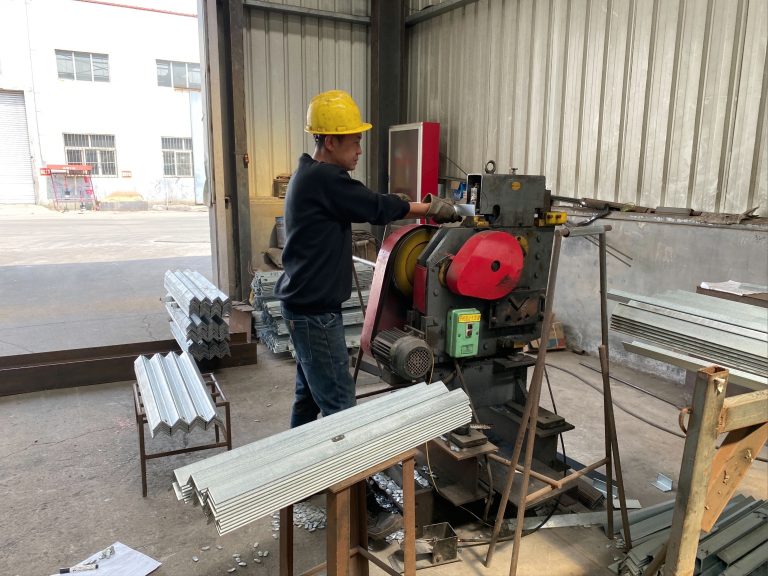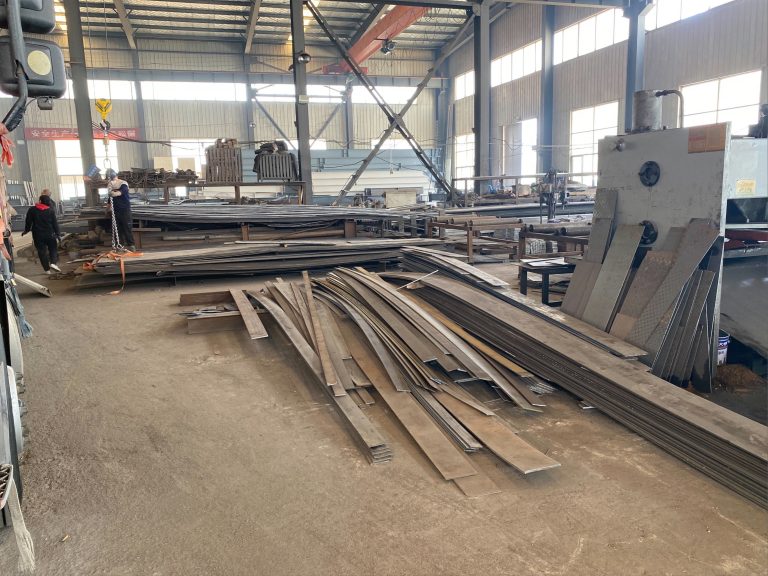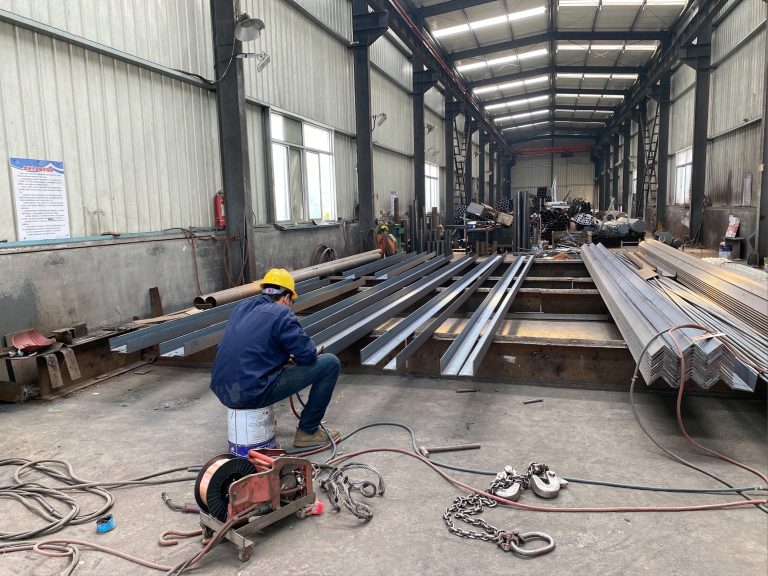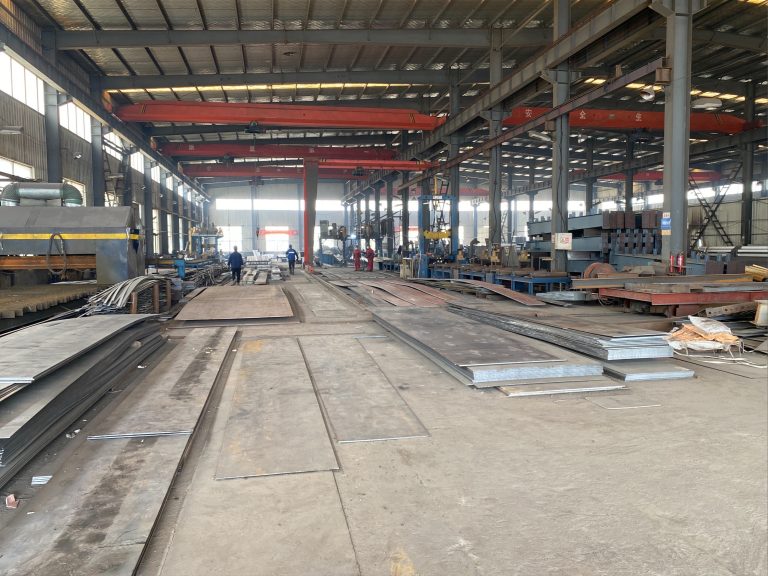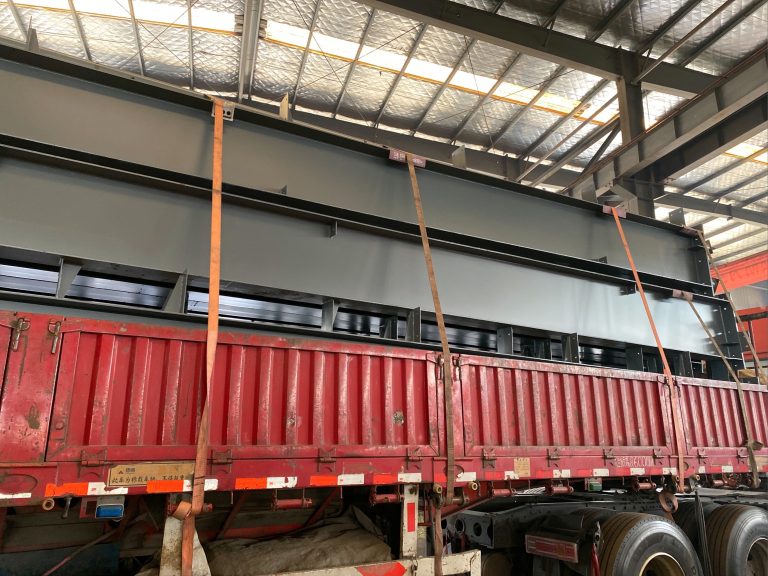Integration of interior decoration and furniture design of container house
Inhoudsopgave
Sustainable Furniture Design Ideas for Container Homes
Container homes have gained popularity in recent years due to their sustainability and affordability. These homes are made from repurposed shipping containers, which are durable and readily available. However, one challenge that homeowners face when designing a container home is integrating the interior decoration with the furniture design. In this article, we will explore some ideas for seamlessly integrating interior decoration and furniture design in a container house.
When designing a container home, it is important to consider the limited space available. To make the most of the space, it is essential to choose furniture that is both functional and space-saving. Multi-functional furniture, such as a sofa bed or a dining table with storage compartments, can help maximize space in a container home. Additionally, opting for furniture with clean lines and a minimalist design can create a sense of openness and airiness in a small space.
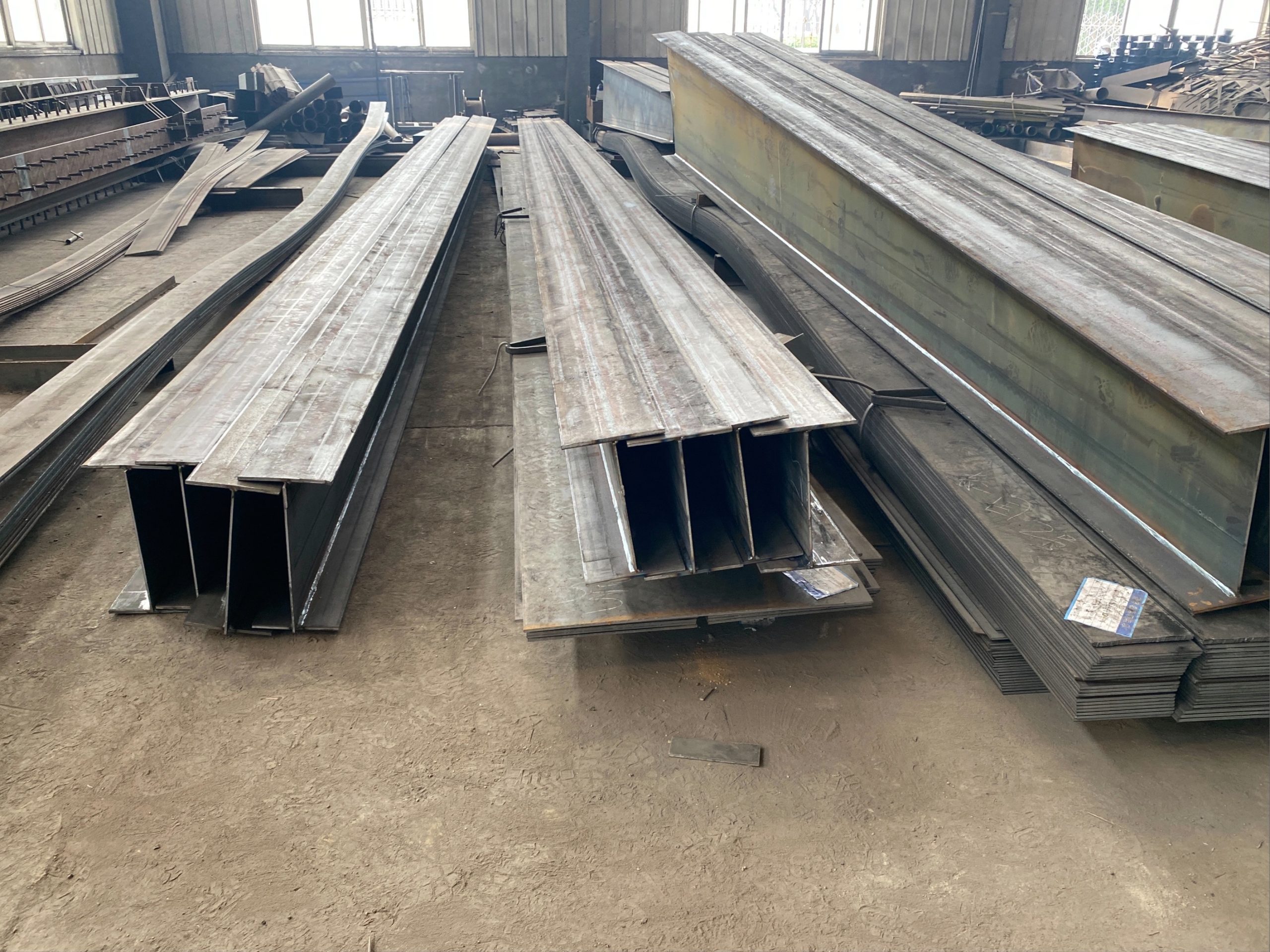
Another important aspect to consider when integrating interior decoration and furniture design in a container home is the use of natural materials. Sustainable materials such as bamboo, reclaimed wood, and cork can add warmth and texture to the space while reducing the environmental impact of the home. Incorporating natural materials in furniture design, such as a reclaimed wood dining table or bamboo chairs, can create a cohesive and harmonious look in a container home.
In addition to choosing sustainable materials, incorporating greenery into the interior decoration of a container home can help create a sense of connection to nature. Plants not only add a pop of color and texture to the space but also improve air quality and create a calming atmosphere. Hanging plants, potted herbs, or a vertical garden can be great options for adding greenery to a container home without taking up too much space.
Lighting is another crucial element to consider when integrating interior decoration and furniture design in a container home. Proper lighting can enhance the ambiance of the space and highlight key design elements. In a container home, natural light is limited, so it is important to incorporate a combination of overhead lighting, task lighting, and accent lighting to create a well-lit and inviting environment. Additionally, choosing energy-efficient lighting fixtures can help reduce energy consumption and lower utility bills in a container home.
When it comes to color schemes and patterns, it is important to strike a balance between bold and neutral tones in a container home. Opting for a neutral color palette with pops of color can create a cohesive and visually appealing look in a small space. Additionally, incorporating patterns such as stripes, geometric shapes, or botanical prints can add visual interest and personality to the interior decoration of a container home.
In conclusion, integrating interior decoration and furniture design in a container home requires careful consideration of space, materials, lighting, and color schemes. By choosing functional and space-saving furniture, incorporating sustainable materials, adding greenery, optimizing lighting, and balancing color schemes and patterns, homeowners can create a harmonious and inviting living space in a container home. With thoughtful planning and attention to detail, it is possible to seamlessly integrate interior decoration and furniture design in a container house while maintaining sustainability and style.
How to Achieve a Cohesive Interior Design in a Container House
Container houses have gained popularity in recent years due to their affordability, sustainability, and versatility. These unique homes offer a modern and minimalist aesthetic that appeals to many homeowners. However, one challenge that comes with designing a container house is achieving a cohesive interior design that seamlessly integrates the interior decoration with the furniture design. In this article, we will explore some tips and tricks on how to achieve a cohesive interior design in a container house.
One of the key elements to consider when designing a container house is the limited space available. Container houses are typically smaller than traditional homes, so it is important to maximize the use of space and ensure that the interior design is functional and practical. When it comes to interior decoration, choosing a color scheme that is cohesive and harmonious is essential. Opt for neutral colors such as white, beige, or grey as a base, and then add pops of color through accessories such as throw pillows, rugs, and artwork.
In terms of furniture design, it is important to choose pieces that are both stylish and functional. Look for furniture that is multi-functional and can serve more than one purpose, such as a sofa bed or a coffee table with storage. When selecting furniture for a container house, consider the scale and proportion of the pieces to ensure that they fit well within the space. Avoid overcrowding the space with too much furniture, as this can make the interior feel cramped and cluttered.
Another important aspect of achieving a cohesive interior design in a container house is to create a sense of continuity throughout the space. This can be achieved by using similar materials, textures, and finishes in both the interior decoration and furniture design. For example, if you have chosen a modern and industrial aesthetic for your container house, opt for furniture with metal accents, concrete countertops, and exposed brick walls to create a cohesive look.
When it comes to integrating the interior decoration with the furniture design of a container house, it is important to pay attention to the details. Small touches such as coordinating throw pillows with the color of the curtains or matching the finish of the furniture with the hardware on the cabinets can make a big difference in creating a cohesive and polished look. Additionally, consider incorporating elements of nature into the interior design, such as plants or natural materials, to add warmth and texture to the space.
In conclusion, achieving a cohesive interior design in a container house requires careful planning and attention to detail. By choosing a cohesive color scheme, selecting functional and stylish furniture, creating a sense of continuity throughout the space, and paying attention to the details, you can create a beautiful and harmonious interior that seamlessly integrates the interior decoration with the furniture design. With these tips and tricks in mind, you can transform your container house into a stylish and inviting home that reflects your personal style and taste.

